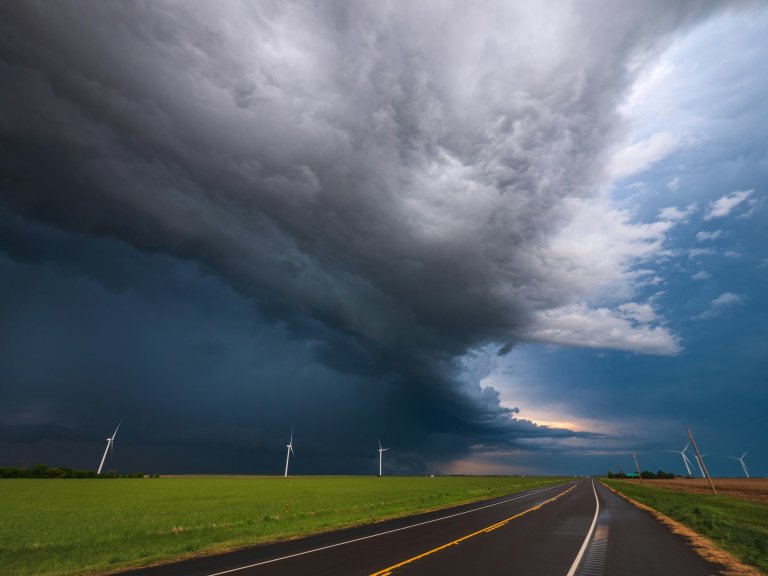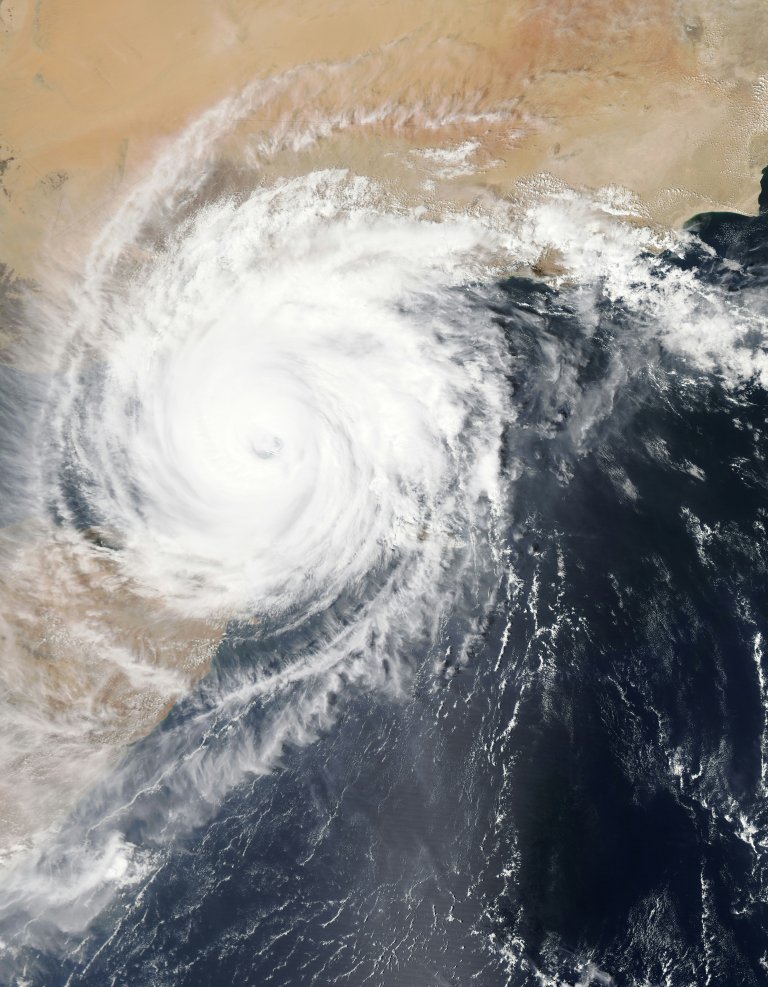Fundamental Information On The ATT Family Map
In today's fast-paced world, staying connected with family is more important than ever. With the advancement of technology, keeping in touch with loved ones has become easier than ever before. One such tool that helps families stay connected is the ATT Family Map. This innovative service offered by ATT Wireless allows family members to stay updated on each other’s location and also provides vital information for ensuring the safety of loved ones.
How Does It Work?
ATT Family Map is essentially a location-based service (LBS) that uses a combination of GPS, Wi-Fi, and cell tower location technology to pinpoint the location of a device. This device could be a smartphone, tablet, or any other device connected to the ATT wireless network.
Once the service is activated, the app uses real-time data to locate the device and displays its location on a map. This map can be accessed from any web-enabled device, making it easy to keep tabs on loved ones even when they are on the go.
Features
The ATT Family Map has a range of features that make it a useful tool for families.
Smart Alerts
One of the most useful features of the ATT Family Map is its smart alerts. This feature allows users to set up personalized alerts for specific locations. For example, if a family member has a habit of frequenting a specific location, such as school or work, the app can be set to send a notification when that person enters or leaves that location.
This feature is particularly useful for parents who want to keep track of their children's daily routines or for caregivers who need to monitor the movements of elderly family members.
Real-Time Location Updates
The ATT Family Map updates the location of a device in real-time, providing accurate information on the whereabouts of a family member. This is especially helpful in emergency situations where quick action is required. With real-time updates, family members can quickly locate each other and provide assistance when needed.
Selective Sharing
Another great feature of the ATT Family Map is selective sharing. This feature allows family members to choose who to share their location with. It could be all family members, a specific group, or just one individual. This gives users full control over their privacy while also ensuring that family members are kept in the loop.
Location History
The location history feature on the ATT Family Map allows users to view the past locations of a device for up to 7 days. This can be useful for reviewing a family member's whereabouts, especially if they were missing or lost for a certain period. It also enables users to keep track of their own movements and analyze their daily routines.
Driving Safety
The ATT Family Map has a driving safety feature that can be particularly beneficial for families with teenage drivers. This feature sends notifications when a family member reaches their destination while driving, ensuring that everyone is aware of their safe arrival.
Cost and Availability
The ATT Family Map is available to all ATT wireless customers for a monthly fee of $9.99. It can be accessed through the myAT&T app or through a web browser. Users can add up to 10 lines per account, making it easy to track the location of multiple family members.
The service is available in the United States, Puerto Rico, and the U.S. Virgin Islands, and it works on most smartphones and tablets on the ATT network.
Security and Privacy
The ATT Family Map takes the security and privacy of its users seriously. The app uses secure encryption to protect personal data and location information. The app also requires users to log in with a password, ensuring that only authorized users can access location data.
It's important to note that the app only tracks the location of the device and not the individual. This means that the exact location of the person carrying the device may not be the same as the location displayed on the map.
Conclusion
The ATT Family Map is a valuable tool for keeping families connected and ensuring the safety of loved ones. With its range of features and real-time updates, users can have peace of mind knowing that their family members are just a touch away.
However, it's essential to use the service responsibly and with mutual respect for each other's privacy. With the right balance, the ATT Family Map can be a great addition to a family's technology toolkit.










